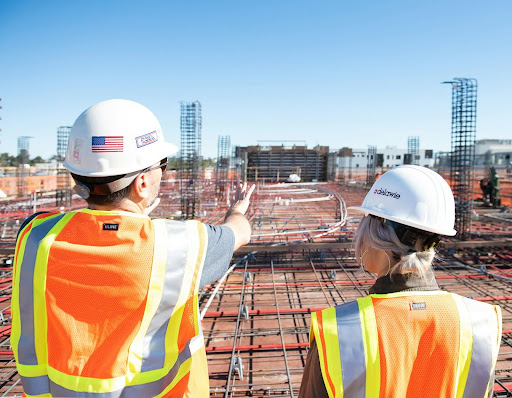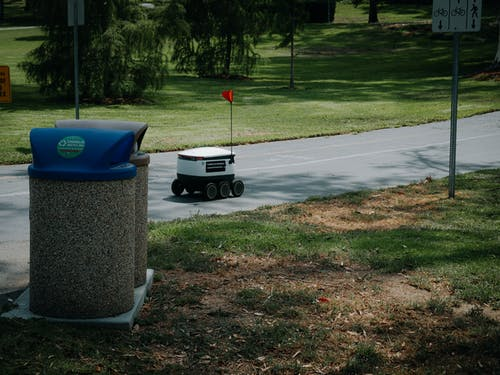7 Workplace Safety Tips Every Employee Should Know

Workplace safety is essential for ensuring a productive and healthy environment. By following safety protocols, employees can prevent accidents and injuries. Here are seven crucial workplace safety tips every employee should know.
1. Understand emergency procedures
Familiarize yourself with your company’s emergency plans, including evacuation routes and assembly points. Moreover, regularly review these procedures and participate in drills. This preparation ensures everyone knows how to react quickly and effectively during emergencies, such as fires, chemical spills, or natural disasters.
In an emergency, every second counts. For instance, knowing the nearest exit and how to use a fire extinguisher can prevent injuries if a fire breaks out. Always pay attention during safety briefings and ask questions if anything is unclear.
2. Participate in safety training
Ongoing safety training is vital for keeping skills and knowledge up to date. Continuous learning helps reinforce safe practices and prepares you for any situation. Additionally, encourage your employer to offer safety training to ensure everyone is skilled to perform their tasks.
For example, in Australia, employees undergo EWP training in Newcastle. This stands for Elevated Work Platform training and teaches safe operation and risk management for working at heights. Therefore, regularly updated training ensures you are aware of the latest safety protocols and best practices, contributing to a safer workplace.
3. Use equipment correctly
Proper use of equipment is vital to avoid accidents. You need to be trained on how to operate machinery and tools safely. It’s important to follow the manufacturer’s guidelines and wear appropriate personal protective equipment (PPE). Regularly inspect equipment for damage or wear and report any issues immediately to prevent accidents.
When using a ladder, for instance, make sure it’s stable and set on a flat surface. Never overreach or use a damaged ladder. Also, if you notice any equipment malfunctioning, report it immediately to your supervisor to prevent potential accidents. Always double-check that you understand how to use new tools and machinery before operating them, and never hesitate to ask for additional training if needed.
4. Maintain a clean workspace
A tidy workspace reduces the risk of accidents. Walkways need to be clear of obstacles and spills, and store tools and materials properly. Regularly clean your area to minimize hazards. Encourage your team to adopt a routine for tidying up and organize regular clean-up sessions to maintain a safe environment.
Clutter can lead to slips, trips, and falls. For example, keeping cables organized and out of walkways can prevent someone from tripping. Encourage your colleagues to maintain cleanliness as well, creating a safer environment for everyone. Furthermore, implement a system for quickly addressing spills and other immediate hazards to ensure they are dealt with promptly.
5. Report unsafe conditions
If you spot a potential hazard, you should report it immediately. This proactive approach helps prevent accidents before they occur. Your workplace should have a system for reporting and addressing safety concerns, as well.
In addition, encourage open communication about safety issues so that everyone feels responsible for maintaining a safe environment. If you notice a wet floor without a warning sign, inform your supervisor so it can be addressed. Follow up on reported hazards to ensure they are resolved and reinforce the importance of proactive safety measures within your team.
6. Follow ergonomic practices
Ergonomics is about designing a workspace that fits the user and can prevent repetitive strain injuries and improve comfort. Incorporate ergonomic assessments into your workplace safety program to identify and address potential issues.
Adjust your chair, desk, and computer to maintain a neutral posture, and take regular breaks to stretch and move around. For example, if you work at a computer, ensure your monitor is at eye level and your chair supports your lower back. Simple adjustments can significantly reduce the risk of injury.
7. Use proper lifting techniques
Lifting heavy objects incorrectly can cause serious injuries. Always bend your knees, keep your back straight when lifting, and avoid twisting your body. Make sure to use mechanical aids like trolleys or dollies whenever possible to reduce strain when transporting heavy items.
For instance, when lifting a box, hold it close to your body and lift it with your legs, not your back. Proper lifting techniques can prevent back injuries and strains, regardless of your age and fitness.
Lastly
Workplace safety is a shared responsibility that requires vigilance and proactive measures. Understanding emergency procedures, using equipment correctly, and proper training can create a safer work environment, ensuring everyone’s well-being.
Also, visit: offshore company formation




